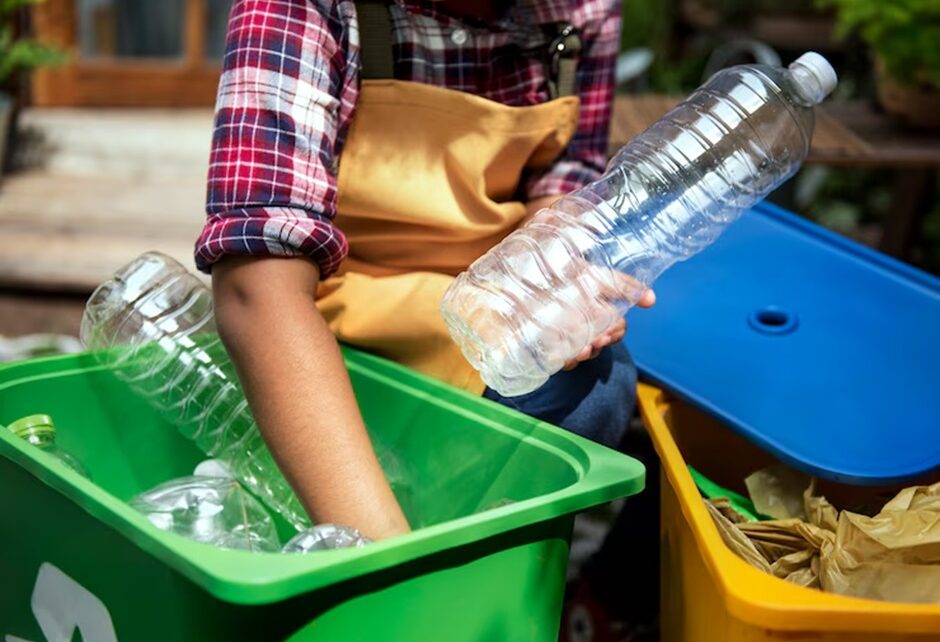The average American sends over 1,000 pounds of household refuse annually to landfills or incinerators. These refuse are causing hazardous toxins, greenhouse gases, wildlife destruction, and health threats.
They also deplete natural resources, energy, water, labour, and money.
So, the best way to reduce waste is to stop using products that are not durable, reusable, or repairable.
Here are other ways to go green: Reducing, Reusing, and Recycling.
Reduce your food waste.
The EPA reports that food waste is the largest portion of municipal solid waste. Plan meals, store food properly, and use leftovers to reduce it. Some food scraps can be edible for cooking.
Moreover, Food waste can be diverted from landfills through various methods, including:
- Feeding scraps to animals
- Composting indoors
- Contacting trash haulers
- Bringing them to local drop-offs.
Look for Less Packaging
One-third of the waste we generate is packaging that gets thrown away immediately. When feasible, purchase in bulk or concentrate form; avoid too many packaging layers.
In the same way, avoid disposable products such as beverage boxes or snacks.
So, Choose products with recyclable packaging.
Purchase Reusable Containers
Purchase items like juice, lunch boxes, and condiments in reusable containers. Concentrated juices are available for purchase and can be combined in your reusable containers.
Similarly, avoiding single-serving containers can significantly decrease lunch waste.
Additionally, the reuse of products extends their lifespan, reduces waste from natural resources, and diverts a significant amount of waste from landfills.
Here are two ways you can practice in your home:
- Find new uses for everyday home objects.
- Invest in strong, long-lasting goods.
NO PLASTIC BOTTLES
Tap water makes up to 40% of the bottled water sold. Rather than giving in to deceptive advertising, spend your money on a good water filter and a cute reusable water bottle. Although we love glass, there are many other environmentally friendly solutions!
Get a thermos for your tea or coffee while you’re at it. It will be customizable to your specifications, saving you money as well.
Reduce Toxicity
Use less hazardous or nonhazardous items at work. For example, employ Integrated Pest Management (IPM) strategies to manage insects and other pests instead of pesticides.
Some other safety tips include:
Use as little dangerous material as necessary if you do use it. Give leftovers to needy businesses or charities, or share them with your neighbors.
Carefully read product labels and follow all instructions.
Moreover, proper disposal of hazardous materials like motor oil is important.
Recycle right
Recycling is a process that involves repurposing used materials into new ones. These reusable products prevent the accumulation of waste in landfills.
For example, paper recycling prevents the accumulation of paper waste in landfills.
So, it’s necessary to set up recycling stations and teach people about appropriate recycling techniques.
Ensure there is obvious signage, allocate distinct containers for recyclable materials, and offer instructional materials regarding recyclables and non-recyclables.
Establish Partnerships with Waste Management Companies
Working with waste management firms specializing in recycling and disposing of waste can provide valuable expertise and services. They can help with recycling procedures, waste collection, and implementing sustainable practices.
In addition, these companies often provide commercial trash pickup services.





